The effect of pesticides on the populations of Peregrine Falcon in Meghri District of Southern Armenia (2008)
- Acopian Center for the Environment
- Participants: ACE staff and volunteers
- Meghri forestry administration
Acopian Center for the Environment (AUA) with the support of Peregrine Fund and Hawk Mountain Sanctuary in 2008 has conducted a survey of Peregrine Falco in Meghri district.
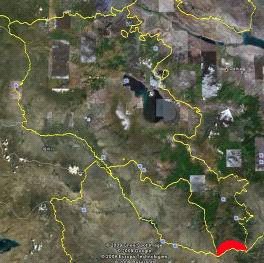
Red field – study area
Objectives:
To check the current condition of population (number of breeding pairs) and reproductive success (number of fledglings) to analyze the trend and its possible causes to inspire local community about importance of Raptors through their involvement in the monitoring of the Peregrine Falcon.
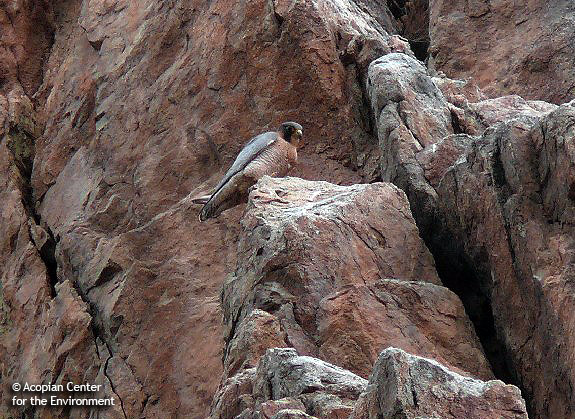 Peregrine Falcon оn the nesting cliff
Peregrine Falcon оn the nesting cliff
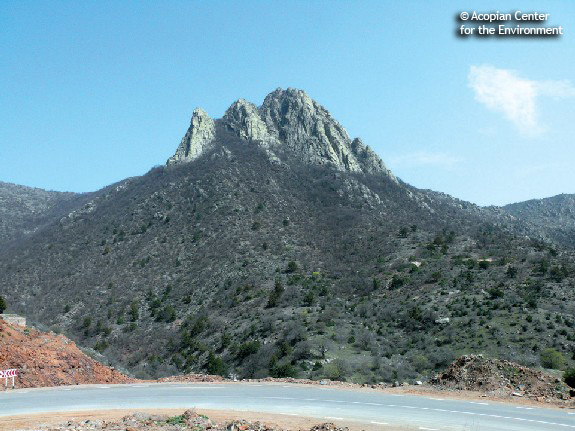 Peregrine Falcon nesting cliffs in the semidesert and forest areas
Peregrine Falcon nesting cliffs in the semidesert and forest areas
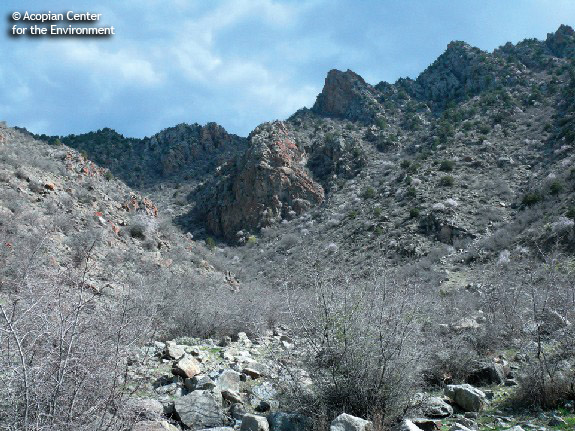
Peregrine Falcon nesting cliffs in the semidesert and forest areas
Results:
From all the six known Peregrine nests in Meghri region (in 1998-2004) only one successful pair with two fledglings was found, one site was occupied with two adults, but there were no young, and another site with only one adult bird. All other sites were unoccupied.
Analyzing these data and comparing it with previous ones the decline of Peregrine population in Meghri region becomes obvious. We assume that the main reason for the decline is the poisoning, such as sedimentary reservoirs of the copper, molybdenum and gold mines; use of pesticides for agriculture; forest management in frames of pest control.
During the whole project we worked with the local people from Meghri forestry administration and local enthusiasts. This co-operation helped us to do the data collection more effectively and to explain some details about poisoning and poaching.
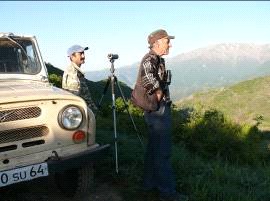
Researchers of Meghri forestry







